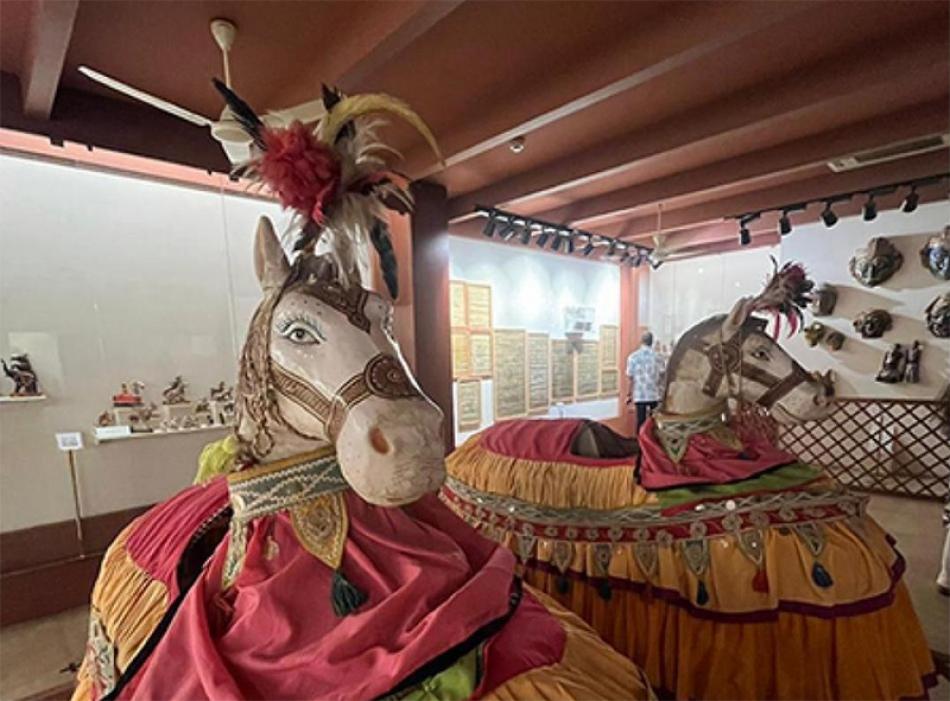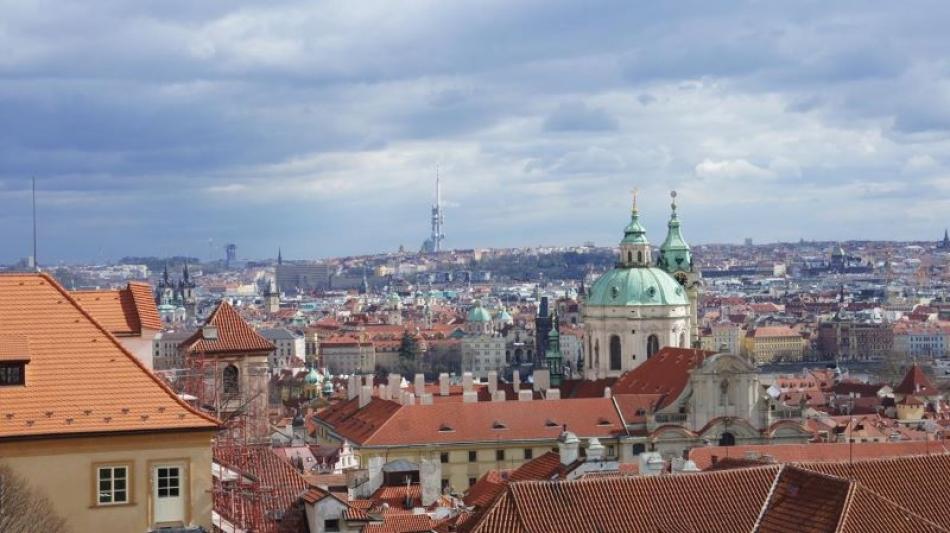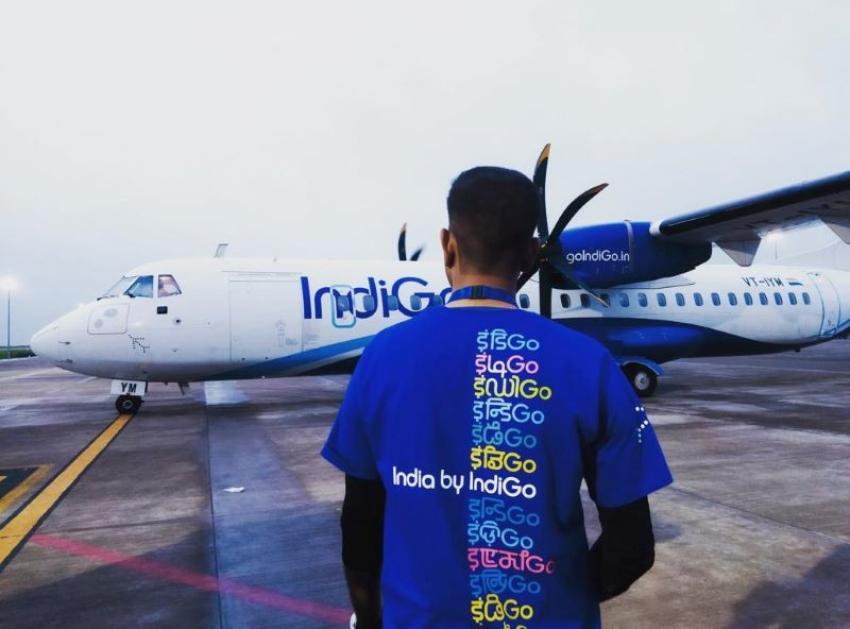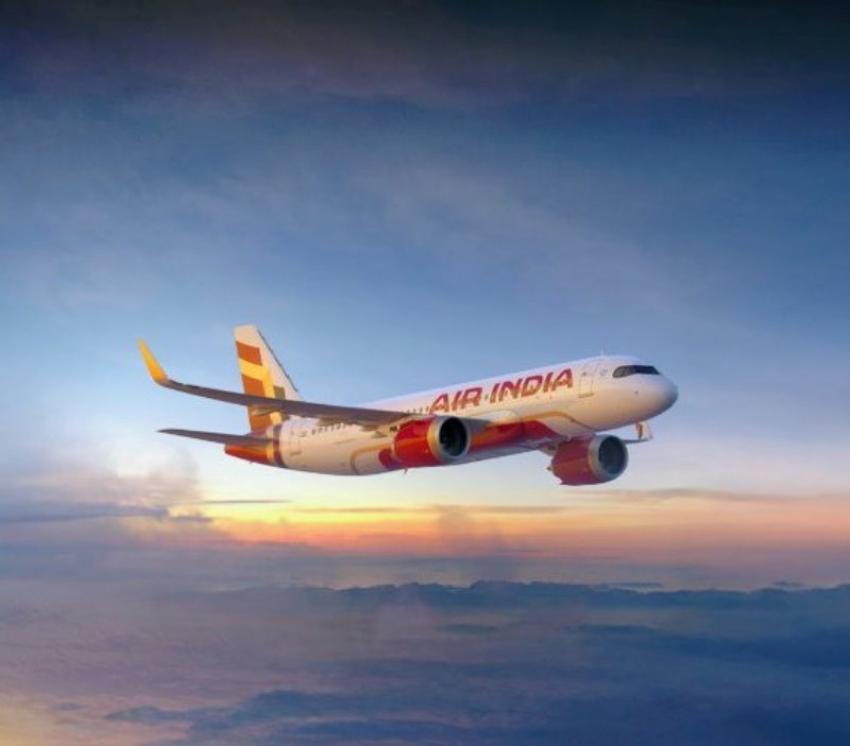20 Mar 2015, 08:10 am
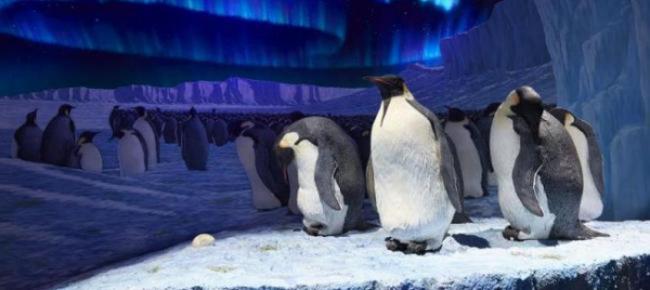
During this expedition, visitors will discover the men who surpassed themselves and whose trek paved the way for scientific research in Antarctica.
Between 1911 and 1912, two explorers, the Norwegian Roald Amundsen and the British Captain Robert Scott, embarked on a gruelling race of almost 3,000 km to reach the South Pole and return to base camp on the Ross Ice Shelf.
Who would reach the South Pole first?
The exhibition allows visitors to follow the two teams, to discover their motivations and to witness their meticulous stages of preparation, which reveal their very different strategies and equipment. We learn about their life in camp, the waiting periods they endured and their parallel scientific missions.
The Norwegian team preferred dogs to pull the sledges and focused on one single objective: reaching the pole.
The English team chose ponies and carried out scientific explorations in parallel, such as the collection of unknown species.
Discover a gruelling race against the clock over several months, when each hour of the brief polar summer counted, as this was the sole meteorological window in which the elements could be braved and the limits of man’s endurance tested.
By way of example, visitors are invited to experience the resistance of snow: depending on the temperature, it either helped or hindered the teams’ progress.
Finally, the arrival at the hut displaying the victors’ flag plunges you into an atmosphere that invites both admiration and contemplation.
On the one hand, the photographs taken with stereoscopes by the victorious Norwegian team, returning to base camp 10 days in advance.
On the other hand, the English team who encountered increasingly severe hardships. Conscious of the impossibility of return, in his letters Scott paid tribute to the lucidity of his men trapped in this immense desert of ice.
The contemporary press and people from around the world would salute the Norwegian victors as well as the English, heroes in death.
The South Pole today
This race paved the way for teams of researchers and students, the only souls who have thus far set foot on this land that conceals treasures and a remarkable biodiversity. Their scientific bases have modern equipment.
- Machu Picchu mystery: What left 1,400 tourists suddenly stranded in the Andes?
- One Fare stays! Ontario extends popular transit programme till 2027
- West Bengal climbs to No. 2 in India for foreign tourists, overtaking major states
- Air Canada Foundation flies more than 1,000 children to U.S. theme parks
- New Zealand revamps Golden Visa: What the shift means for Digital Nomads
- ‘Paris has Fashion Week – Berlin now has Freedom Week’
- Rising fraud, trafficking, kidnapping cases: Why has Iran suspended visa-free entry for Indian citizens
- IHCL steps into Nagaland with 'Ginger'
- India's North-East goes global: Sikkim to host International Tourism Mart from Nov 13
- Beach, sun… no beer? Thailand introduces strict new drinking hours
Air India, India’s leading global airline, and Maldivian, the national airline of the Maldives, have entered a bilateral interline partnership aimed at boosting connectivity between the two countries.
IndiGo, India’s largest airline, is grappling with one of its most severe operational crises in recent years, with widespread flight delays and cancellations disrupting travel across the country for a second consecutive day.
Tata Group-owned Air India on Sunday announced the reinstatement of its codeshare agreement with fellow Star Alliance carrier, Air Canada, to offer more flight options for travellers and boost connectivity between India and Canada.

